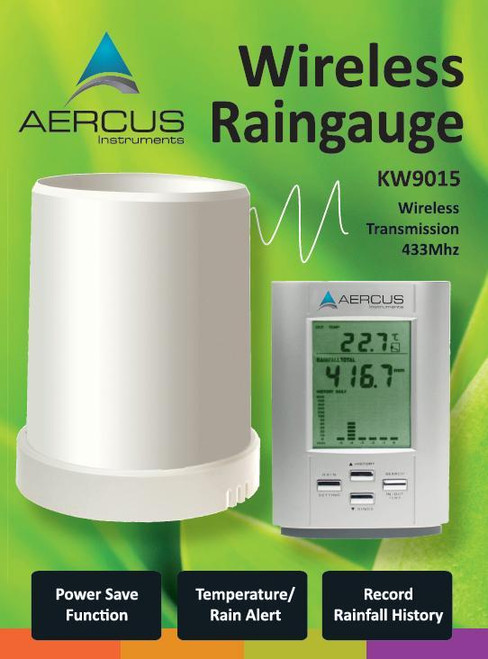How a Rain Gauge Can Improve Your Comprehending of Local Climate Patterns
Introducing the Scientific Research Behind Rainfall Evaluates: Just How These Gadgets Play a Vital Role in Environment Study and Environmental Tracking
Rainfall assesses, seemingly simple gadgets, hold a profound significance in the realm of climate research and ecological monitoring. As we peel off back the layers of this clinical shroud surrounding rain assesses, we discover a world where accuracy, information precision, and careful observation converge to unveil a much deeper understanding of our transforming environment and its effect on the planet.
Significance of Rain Scales
Rain determines play an essential function in tracking and measuring rainfall degrees, giving crucial information for climate study and evaluation. These devices are basic in quantifying the quantity of rainfall that takes place in a particular location over a specific period. By gauging and gathering rainwater, rainfall evaluates deal useful insights right into the distribution and strength of precipitation, assisting meteorologists, hydrologists, and climatologists in comprehending climate patterns and fads.
In addition, long-term information accumulated from rain assesses helps in examining environment change effects and patterns, adding substantially to clinical research and decision-making procedures. In significance, rain determines serve as vital tools in the field of weather forecasting and environmental science, playing an essential role in advancing our understanding of climate and climate characteristics.
Kinds Of Rain Scales

Performance and Operation
In the world of environment research study and meteorological studies, the performance of rain gauges lies in their intricate capability and exact operational mechanisms. Rainfall assesses are developed to properly determine the amount of precipitation that drops over a details area throughout a collection duration.
The performance of rainfall evaluates is based upon the principle of gauging and collecting rain in a standardized fashion. This gathered information is important for understanding regional climate patterns, tracking long-lasting environment trends, and evaluating ecological impacts. To make sure exact measurements, rain assesses demand to be tactically put in open locations away from obstructions such as structures or trees that can hinder the collection process.
The functional facet of rain determines involves routine upkeep to stop debris build-up, calibration checks to preserve dimension precision, and information recording for analysis (rain gauge). Generally, the capability and procedure of rain evaluates are vital for collecting reliable precipitation information essential to environment research and environmental monitoring
Role in Environment Study
Offered the crucial significance of precise precipitation measurements in comprehending weather condition patterns and environmental influences, the duty of rainfall assesses in environment research study is vital. Rainfall assesses supply necessary data for climate research by quantifying the amount of precipitation that tips over a specific location throughout a provided period. This data is essential for checking lasting patterns in precipitation patterns, assessing the impact of climate adjustment on rainfall circulation, and enhancing environment designs.

Climate scientists use information gathered from rain determines to evaluate variants in precipitation degrees, determine that site local climate fads, and assess the performance of water resource monitoring techniques. By contrasting historical rainfall information with present dimensions, scientists can find shifts in rainfall patterns, such as changes in the frequency or strength of rainfall events. This details is important for recognizing how environment change is affecting rainfall dynamics and can aid policymakers make informed decisions regarding adaptation and reduction strategies.
Applications in Environmental Surveillance

In flooding projecting, rainfall gauge data helps to track rains intensity and distribution, allowing authorities to release timely cautions and take needed measures to alleviate flooding threats (rain gauge). Dry spell tracking relies upon rainfall gauge data to evaluate moisture degrees in the dirt and track precipitation deficiencies, assisting in the recognition of drought-prone areas and the implementation of dry spell action methods
Additionally, rain scale data plays an important function in water resource management by providing details on water accessibility and usage trends. This information is made use of to make informed choices pertaining to water allotment, conservation procedures, and sustainable water resource planning. Furthermore, in farming, rain gauge data helps farmers in maximizing watering schedules, crop option, and general ranch administration techniques based on neighborhood precipitation patterns. Overall, rain determines are crucial tools in ecological tracking, supplying important understandings that contribute to informed decision-making and lasting source management.
Verdict
In conclusion, rain evaluates are necessary devices for gauging rainfall, giving beneficial information for environment study and ecological surveillance. With various kinds and functionalities, rainfall determines play an essential function in comprehending precipitation patterns and their influence on the environment. By accurately measuring rainfall, these devices add to visit the site the development of scientific knowledge and help in making informed decisions associated to water source administration and calamity readiness.
Rain gauges play a vital function in surveillance and gauging rainfall degrees, giving important data for environment research study and evaluation. The common rainfall gauge, understood as the "tipping container" gauge, is one of the most typically made use of gadgets. Ultrasonic rain assesses usage noise waves to discover the existence of rain, providing real-time information on precipitation degrees.Environment researchers use information collected from rainfall evaluates to assess variations in precipitation levels, identify local climate trends, and assess the effectiveness of water source published here administration strategies.In verdict, rain determines are vital tools for determining rainfall, offering beneficial data for environment research study and ecological monitoring.